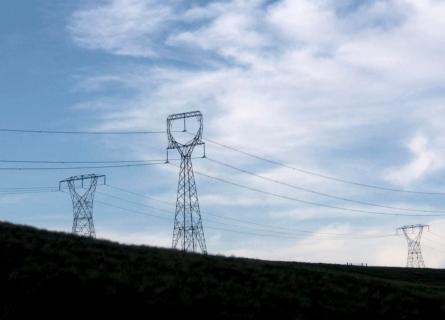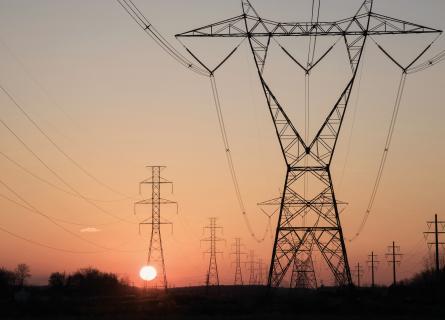
Balancing resource options: an alternative capacity mechanism
Ed: This article predates November 2019, when ÅF and Pöyry came together as AFRY.
Decarbonisation targets will have a profound effect on our electricity markets, requiring the patterns of demand and the generation mix of the future to be radically different from that of today.
The transition to a decarbonised economy presents significant challenges for electricity markets in terms of delivering low carbon generation, maintaining security of supply and ensuring economic efficiency.
As the resource mix across Europe shifts increasingly to variable and (relatively) unpredictable renewable generation and, in some countries, lower flexibility nuclear generation, the responsiveness of the residual fraction of the market will take on greater importance. There will continue to be a requirement to maintain adequate available capacity (MW of reliable supply or reliable demand reduction capable of operating during a given period of time), but the ebb and flow of available low-carbon capacity will create a greater need for a range of capacity with flexibility and reserve capabilities within this residual fraction of system resources. It will be essential that the value of different types of capacity is correctly recognised in future electricity markets.
The mechanism introduced in this paper provides a solution to the difficulties associated with traditional means of securing adequate balancing resources though capacity payments or obligations. It proposes expanding the market-based principles of an energy-only market by creating a clearly defined framework in which trading of options is both incentivised and facilitated.
The commercial rationale for the envisaged option contracts comes through their interaction with imbalance pricing arrangements. Current market rules often lead to damped imbalance prices that fail to feed appropriate price signals into short term traded markets. Furthermore, parties typically face imbalance charges when they have a contractual shortfall or surplus, even if they have flexible capacity at their disposal at, or after, Gate Closure which could be used to resolve this imbalance. As a result, they do not have the potential to hedge directly any exposure to the energy imbalance price. This acts as a barrier to the development of reserve options.
Our suggested mechanism removes this barrier by enabling a ‘balancing resource option’ contract holder to mitigate their exposure to energy imbalance. Options could be exercised prior to Gate Closure if the holder becomes aware of a shortfall or surplus, or held to mitigate imbalance penalties arising from unexpected events closer to real-time. Such options could conceptually be extended to virtually any volumes and traded over multiple timeframes – from day-ahead to many years into the future – which, in turn, would allow the investors in new resources to reduce uncertainty over project returns and pass on a share of market risk to those who would ultimately benefit from the new resources.
Our balancing resource option mechanism is presented as a straw man for further development. We recognise (and discuss in this paper) that several aspects require more detailed thought and that there may be implementation issues which need resolution.



